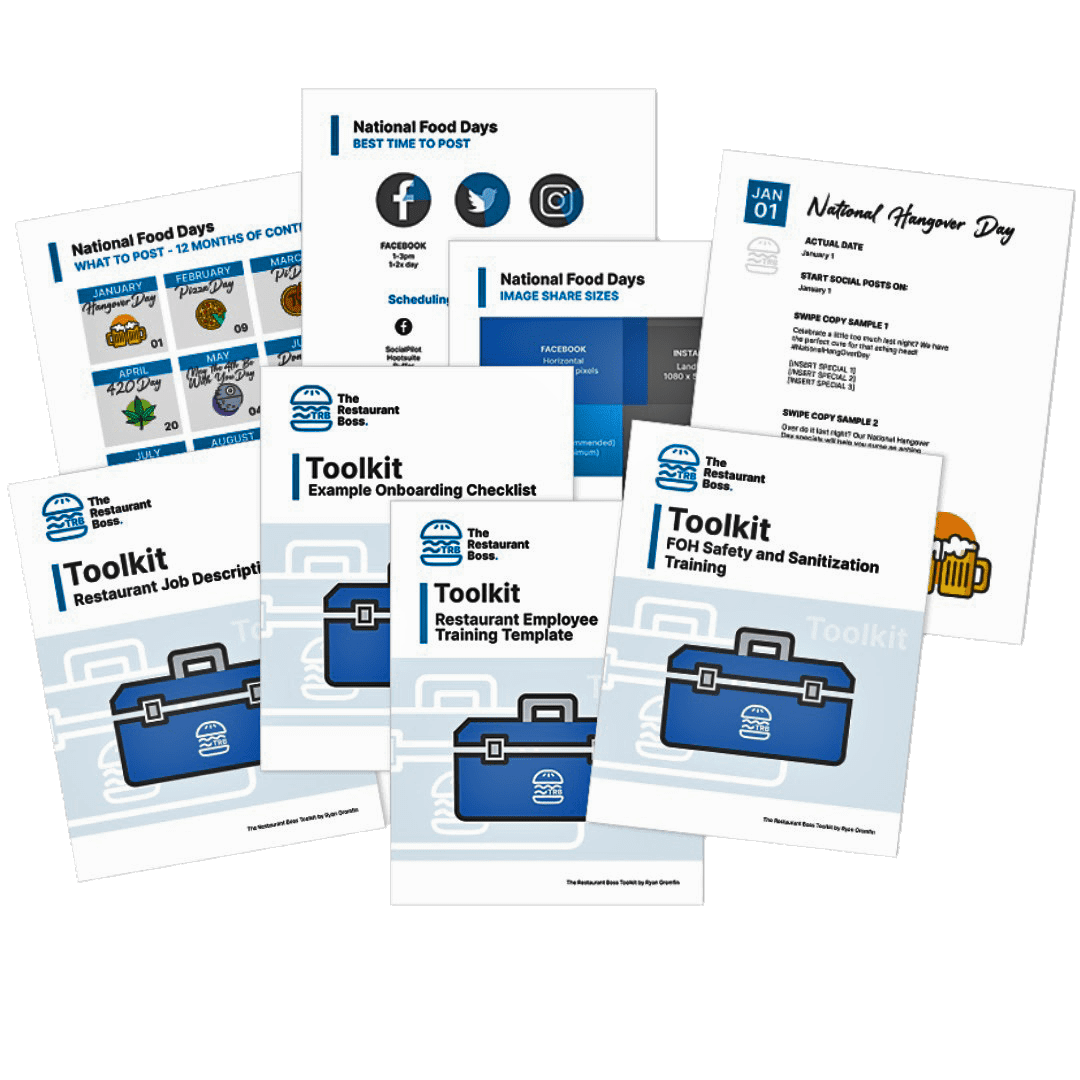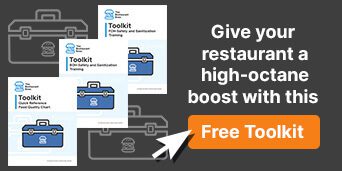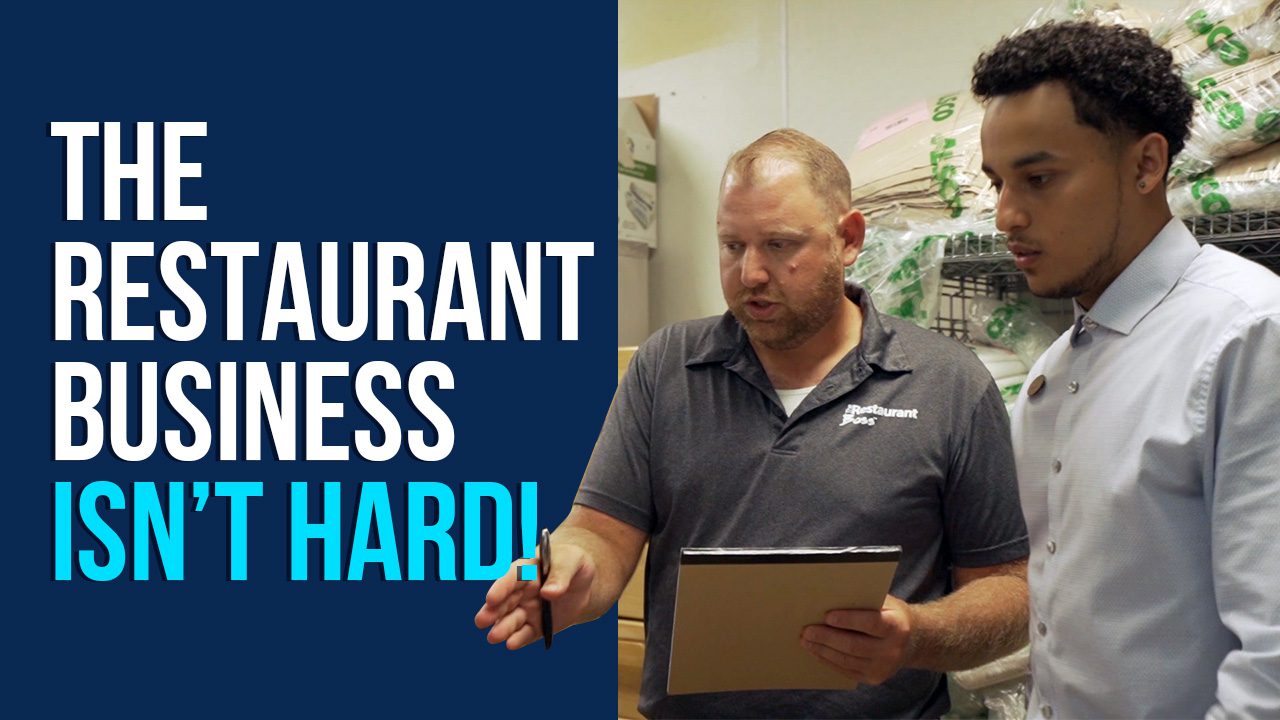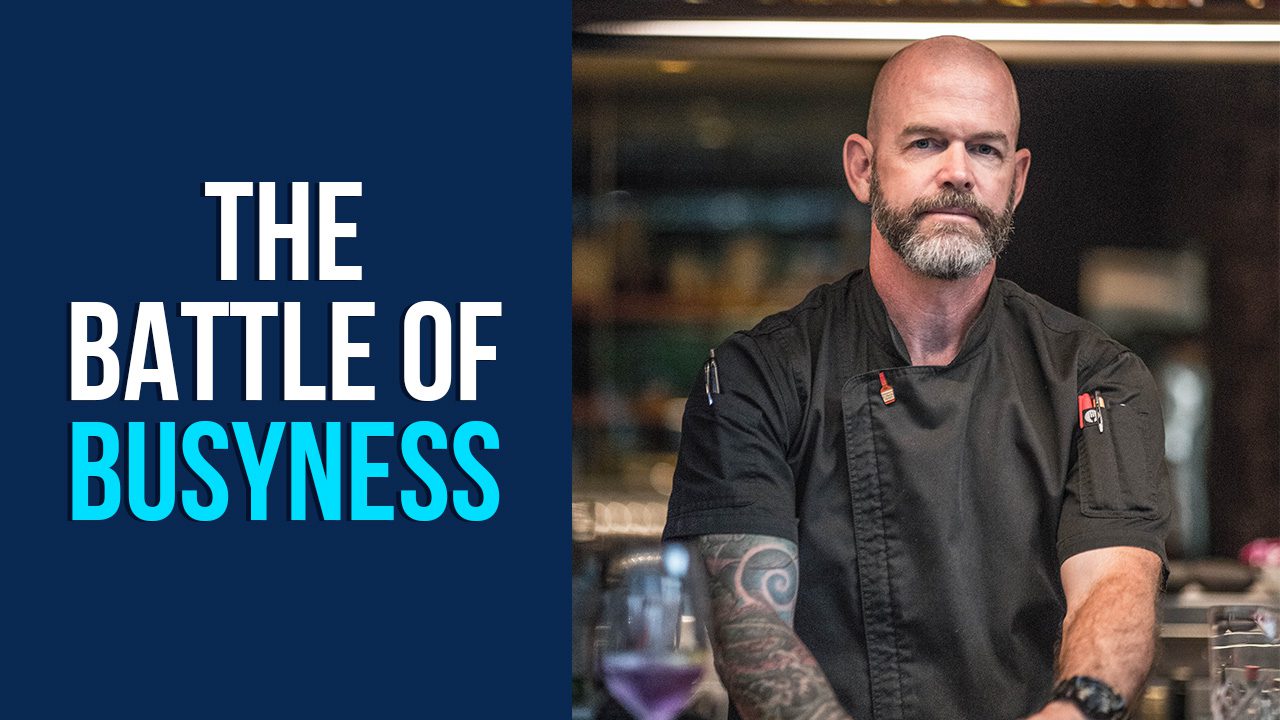CoGS vs Direct Operating Expenses
Summary
If you’re confused about the difference between cost of goods sold and direct operating expenses, I have a super simple breakdown (plus a must-have tool) if you want to track those expenses the right way.
TRANSCRIPT
Read the Video Transcript by Clicking Here...
Do you know the difference between the cost of goods sold and direct operating expenses? They’re pretty similar, but there are some important differences and most restaurants get these two confused and end up tracking them in the wrong places.
Today, I’ll share with you the differences and a trick to track these expenses a little better.
COST OF GOODS SOLD
This one is pretty easy. When we talk about food costs, beer costs, wine costs or liquor costs .. these are literally the cost of a good that we’re selling. How much did you buy something for? How much are you selling it for? If you think of it like a recipe, it’s the sales price divided by the purchase (or production) price.
Your cost of goods sold is a direct expense (not to be confused with a direct operating expense). Let’s say you sell hamburgers. Every hamburger you sell it’s going to need a bun, slice of cheese, burger patty and toppings. It’s directly related, meaning you can’t sell a hamburger without selling a bun and a burger. Sure, there’s always an exception, but for the most part, that’s how it goes.
DIRECT OPERATING EXPENSES
Direct operating expenses aren’t necessarily directly related to sales. They should almost be called “related operating expenses” and you can think of it that way if you need to.
Here’s an example – toilet paper, hand soap, to-go containers and hand towels often fall into the direct operating expense category. Keep in mind, every restaurant does things a little differently – sometimes you might include the to-go container in the cost of goods sold. Sometimes you won’t.
The busier your restaurant is, the more of those types of things you’re going to go through even though it’s not 100% directly related. If you have 100 customers come into your restaurant today and each of them order hamburgers, you’re going to go through 100 buns and 100 patties, but that doesn’t relate to an exact amount of toilet paper that you’ll use. If you have 200 customers in your restaurant, you know that you’ll double the amount of buns and patties you need, and you know that you’ll go through more toilet paper than if you only had 100 customers, but it’s certainly not a 1:1 ratio.
If you’re looking for a rule of thumb, 4-8% is the general industry standard for what your direct operating costs should be. That will depend on the type of restaurant – fast food restaurants will go through far more paper products and to-go containers than a plate service restaurant.
Don’t worry so much about comparing numbers to other restaurants. I’ll say it a hundred times – compare your numbers to your own numbers and no one else’s. You don’t know the details of their business and it’s hard to compare something like food cost because you don’t know what they put into their food.
What matters most is if your numbers are trending down or up over any period of time. If those numbers are trending up, it’s a problem that needs to be fixed. If it’s trending down, you’re doing great. Hell, even if it’s flat, you’re probably doing just fine.
THE BOTTOM LINE
The cost of goods sold is that they are 100% related – a product and a sale.
The direct operating expenses are partially related meaning they move in a general trend together, but are not 100% related.
If you have questions about what should or shouldn’t go into that category, pop your question in the comments below and I’ll answer as best as I can because I do have some very specific rules for that.
INTRODUCING BACON
I promised you an easy way to track these. To be honest, unless you are using custom built spreadsheets or an advanced QuickBooks user who can create categories and subcategories to work all this stuff out, you’re probably losing your mind. Even then, this is not the easiest thing in the world to track properly.
Over the past few months, I’ve created a piece of software called BACON that was just recently re-released to a small group of people and the results have been great.
It’s inexpensive and will EASILY help you track your cost of goods sold, direct operating expenses, labor expenses .. all of which give you your prime cost on a daily, weekly and monthly basis.
The best part is if you’re not currently taking inventory (or just hate taking inventory all together) we have a patent pending algorithm that will give you a very accurate number without the fuss of taking inventory.
There’s so much more in this software, I don’t even know where to begin telling you all about it.
We’re not quite at the point where we’ve launched it to the public, but you can click the button below to learn more about BACON and either apply to be a beta tester (if we’re still in early adopter testing) or sign up for a trial.
Read More
Running a Restaurant Isn't Hard
The #1 complaint in restaurant management is poor employee performance. If you’re not following this simple 5-step plan to train your employees, you’re never going to get the results that you want from them …ㅤㅤㅤ
Busy Is Killing Your Restaurant
Are you busy? There are things you’re doing all day, every day in your restaurant and it’s those things that are going to put you out of business. There are 4 things you can do today to battle the busy inside your restaurant …
Follow For More:







